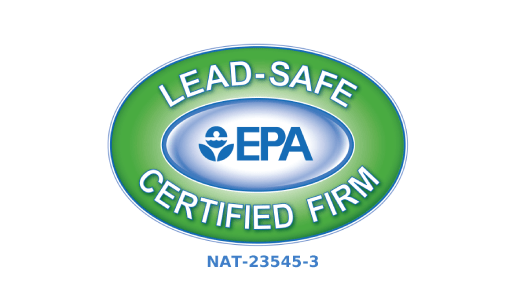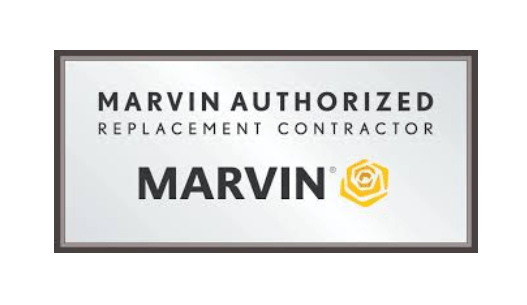Hailstorms are a common occurrence in Kansas City, bringing with them the potential for significant damage to homes, particularly to the siding. The unique weather patterns in this region can lead to sudden and severe hail, which can wreak havoc on the exterior of your property. This blog post will guide you through the process of identifying hail damage to your siding, helping you take timely action to repair and protect your home.
The Basics of Hail Damage
Before delving into the specifics of identifying damage, it’s essential to understand what hail damage looks like. Hailstones can range in size from small pellets to large, golf ball-sized ice. When these ice balls strike the siding of your home, they can leave a variety of marks and indentations. The impact can result in cracked, chipped, or even punctured siding, depending on the severity of the storm and the type of material your siding is made from.
Step-by-Step Guide to Inspecting Your Siding
1. Start With a Visual Inspection
The first step in identifying hail impact on your siding is to conduct a thorough visual inspection. Look for any obvious signs of damage, such as cracks, dents, or holes. Pay special attention to areas that were directly exposed to the storm. It’s also important to check corners and edges, as these areas can be particularly vulnerable to impact.
2. Feel for Dents and Irregularities
After the visual inspection, run your hands over the surface of the siding. This tactile examination can help you detect smaller dents and irregularities that might not be immediately visible to the eye. Pay attention to any rough or uneven surfaces, as these are indicative of hail impact.
3. Check for Discoloration and Chipping
Hail can also cause discoloration and chipping of the paint or outer coating of your siding. Look for areas where the color seems faded or where the paint has started to chip off. These signs often indicate underlying damage from hail.
4. Inspect Surrounding Areas
Don’t limit your inspection to the siding alone. Check nearby areas, such as window sills, trim, and even the roof. Damage in these adjacent areas can be a strong indicator that your siding has also been impacted by hail.
When to Consult a Professional
While some signs of hail damage are easy to spot, others may require a more trained eye. If you’re uncertain about the extent of the damage, it’s wise to consult with a professional. A siding expert or a home inspector can provide a more detailed assessment and advise on the necessary repairs.
Preventative Measures and Maintenance
To minimize future hail damage to your Kansas City siding, consider the following preventative measures:
- Choose Hail-Resistant Materials: If you’re installing new siding or replacing damaged ones, opt for hail-resistant materials. Certain types of siding are designed to withstand the impact of hail better than others.
- Regular Maintenance: Keep your siding in good condition through regular maintenance. This includes cleaning, painting, and promptly repairing minor damages before they escalate.
- Protective Barriers: In some cases, installing protective barriers or using landscaping strategically can help shield your siding from hail.
Conclusion
Identifying hail damage on your Kansas City siding promptly can save you from more extensive and costly repairs in the future. By following the steps outlined in this guide and seeking professional help when necessary, you can ensure that your home remains beautiful and well-protected against the elements. Remember, staying proactive about maintenance and repairs is key to preserving the longevity and appearance of your siding. For further assistance or queries, don’t hesitate to contact Johnson County Siding & Window Co. Inc. today.








































